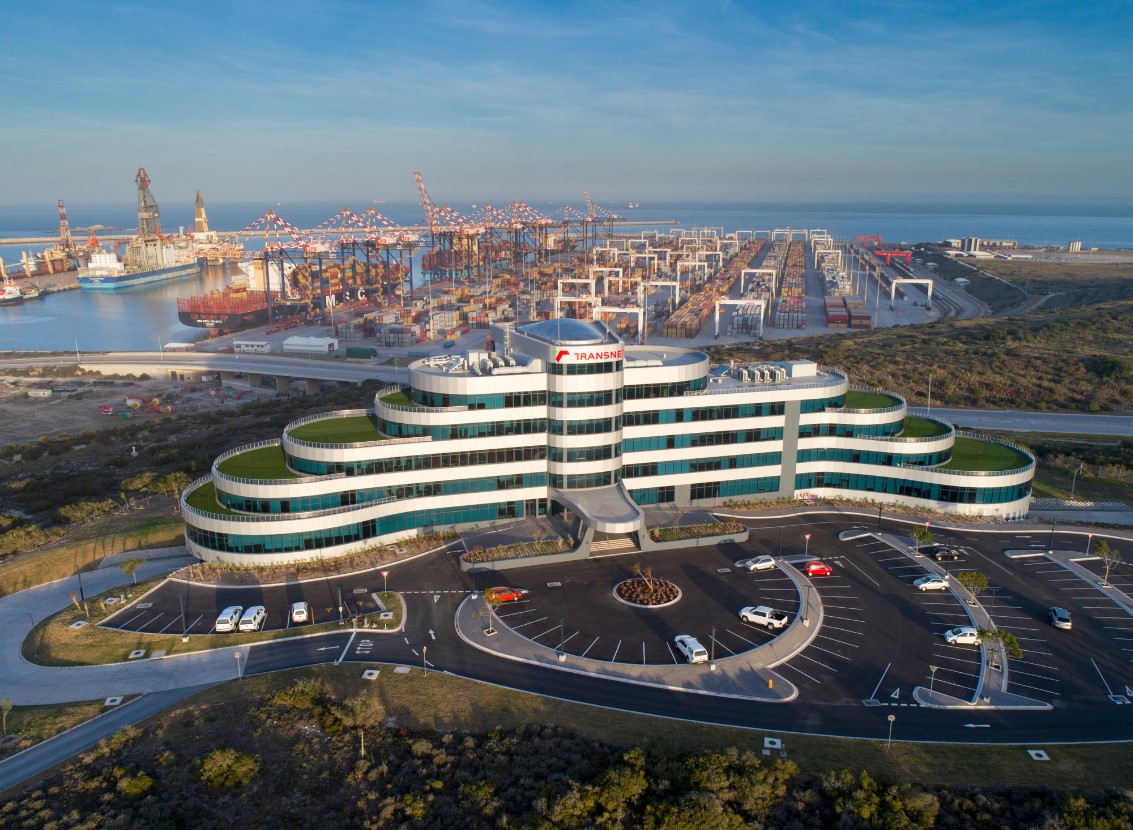This story requires a subscription
This includes a single user license.
TNPA is part of South African rail, port, and pipeline company Transnet, which is owned by the South African government.
The firm, in collaboration with Infrastructure South Africa (ISA) and the Industrial Development Corporation (IDC), has approached the market for the assessment.
TNPA said in a statement the request for proposals (RFP) process will see the appointment of a service provider contracted to assess the environmental compliance and sustainability of the proposed LNG terminal.
This involves conducting a detailed analysis of ecological and local regulations to determine critical environmental authorizations.
These services also include a seismic survey, marine ecology, climate change impact assessment, and socio-economic assessment to support the project.
TNPA said the EIA process is carried out in tandem with negotiations of the terminal operator agreement between TNPA and Strategic Fuel Fund (SFF) to build and operate an onshore LNG regasification facility at the Port of Ngqura for 30 years.
The Ngqura LNG terminal is one of 12 priority infrastructure projects announced in March
2024 that hold a strategic integrated project (SIP) status.
Moreover, TNPA said the triad strategic partnership is fast-tracking the conclusion of the EIA, with the RFP closing on October 30, 2024.
This partnership will also see the issuing of the RFP for pre-feasibility studies by the end of September 2024, it said.
Acting TNPA chief executive, Phyllis Difeto said this “milestone is a critical step” towards the development of the LNG terminal at the Port of Ngqura.
“Through its commercial seaports, TNPA is at the forefront of enabling the gas-to-power project pipeline whilst ensuring the security of supply and unlocking global opportunities for sustainable impact,” Difeto said.
Gas power
South Africa is the largest power market in Africa with a nominal installed generation
capacity of about 55 GW, predominantly coal-based technology.
The nominal installed capacity includes capacity from state power company Eskom, plus peaking plants, and independent power producers.
South Africa aims to ensure energy security and reduce greenhouse gas (GHG) by using gas-to-power technologies.
However, the country still has no LNG import facilities.
In alignment with South Africa’s energy diversification goals, TNPA has taken a strategic initiative to position the Port of Ngqura as a “key enabler” for the secure supply of LNG in the Eastern Cape.
TNPA said this project will contribute to the procurement of up to 3,000 MW of gas-to-power generation by 2027, increasing the country’s natural gas energy mix from 2.6 percent to 15.7 percent by 2030.
Two phases
The LNG terminal will be developed in two phases, with the provision to convert the terminal to supply LNG to an onshore regasification facility in the future, according to TNPA.
“Although the project was initially anticipated to be developed in two phases (i.e. phase 1 –
FSRU and phase 2 – LNGC), the terminal operator has indicated that it intends to develop
phase 2 of the project as its primary objective,” it said.
TNPA seeks to obtain environmental authorization including for both the phase 1 and phase 2 solutions, in an event that the terminal operator experiences changes on its execution strategy.
The FSRU will be permanently moored at the LNG berth at the port’s breakwater and is planned to deliver 0.5 million tons per annum of LNG.
The LNG breakwater berth will have the capability for future development to deliver up to 2.8 million tons of LNG per annum.
Moreover, the second solution involves a land-based storage and regasification facility, and the same marine infrastructure would be used for this solution.
A new pipeline with a length of 2.5km would be built to transfer LNG from the jetty to the
new land-based storage and regasification terminal adjacent to the port boundary.
For phase 2, the LNG terminal is planned to deliver a minimum of 0.5 million tons per annum of LNG and up to 2.8 million tons per annum of LNG, according to TNPA.
Richards Bay
Earlier this year, TNPA appointed Dutch terminal operator Vopak and its consortium partner Transnet Pipelines to build and operate an LNG import facility at the Port of Richards Bay.
After that, Vopak Transnet Pipelines were testing the market’s interest in regasification and storage capacity at their planned LNG terminal..
According to the two firms, the first phase of the LNG terminal includes a floating storage unit (FSU) of at least 135,000 cbm and an onshore regasification system with an indicative capacity of 2 mtpa, or about 300 mmscfd.
The planning basis is targeting the commercial operations date (COD) in 2027.
Eskom and Sasol
As part of South Africa’s LNG import plans, Eskom and petrochemicals firm Sasol recently joined forces to explore potential future LNG requirements in the country.
Last week, the two firms, which are the largest coal users in South Africa, signed a memorandum of understanding in Johannesburg on Friday with the support of South Africa’s Minister of Electricity and Energy, Kgosientsho Ramokgopa.
Aligned to the gas master plan, the MoU will explore sourcing gas within South Africa, the Southern African Development Community (SADC) region, and other parts of the African continent, in addition to evaluating long-term LNG contracting.
This will support the gas requirements for Eskom’s planned coal power station repowering and conversion to gas in the long term, they said.
The partners said they will also engage other state entities to enable an LNG value chain in South Africa.

